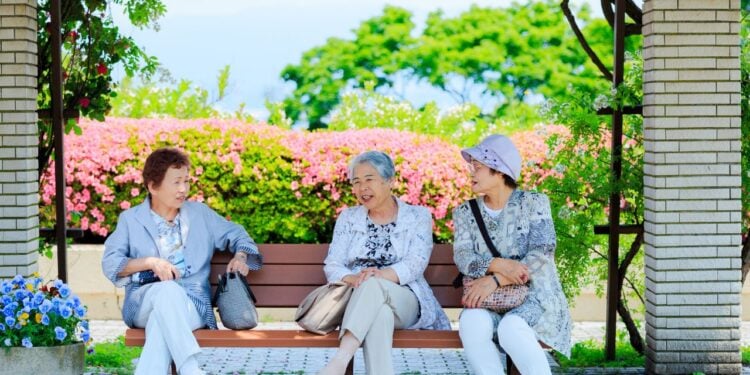In a recent report published by Nippon, it was revealed that approximately one-third of Japanese individuals aged between 70 and 74 are still actively participating in the workforce. According to Staffing Industry Analysts (SIA), the data was based on research from Japan’s Ministry of Internal Affairs and Communications, which found that this trend is not isolated to this age bracket alone.
In 2022, Japan recorded around 9.1 million workers aged 65 or older, marking the nineteenth consecutive year of growth in this demographic. To put this into perspective, 13.6% of the total workforce in Japan is 65 or older, which translates to one in every seven workers, according to SIA. For people aged 65 or older, the employment rate stood at 25.2%, marking a slight increase from the previous year as well.
Even in the 75 or older bracket, 11.0% were recorded as still working. The data reveals that 5.3 million of these senior workers are classified as “employees,” a stat that excludes the self-employed and company executives.
According to SIA, the trends in Japan’s workforce demographics can be attributed to several factors. One of which is the revised Act on Stabilization of Employment of Elderly Persons. Implemented in April 2021, this act encourages Japanese companies to extend the retirement age to 70 and introduces a system promoting continuous employment, including reemployment.
Japan’s aging workforce reveals the growing importance of adapting policy for an aging population. As life expectancies increase and the traditional concept of retirement dramatically changes, companies and economies must be prepared to accommodate a more diverse age range in the workforce. This trend, while most pronounced in Japan, could be indicative of global trends as other nations grapple with similar demographic changes.


 Dr. Gleb Tsipursky – The Office Whisperer
Dr. Gleb Tsipursky – The Office Whisperer Nirit Cohen – WorkFutures
Nirit Cohen – WorkFutures Angela Howard – Culture Expert
Angela Howard – Culture Expert Drew Jones – Design & Innovation
Drew Jones – Design & Innovation Jonathan Price – CRE & Flex Expert
Jonathan Price – CRE & Flex Expert











